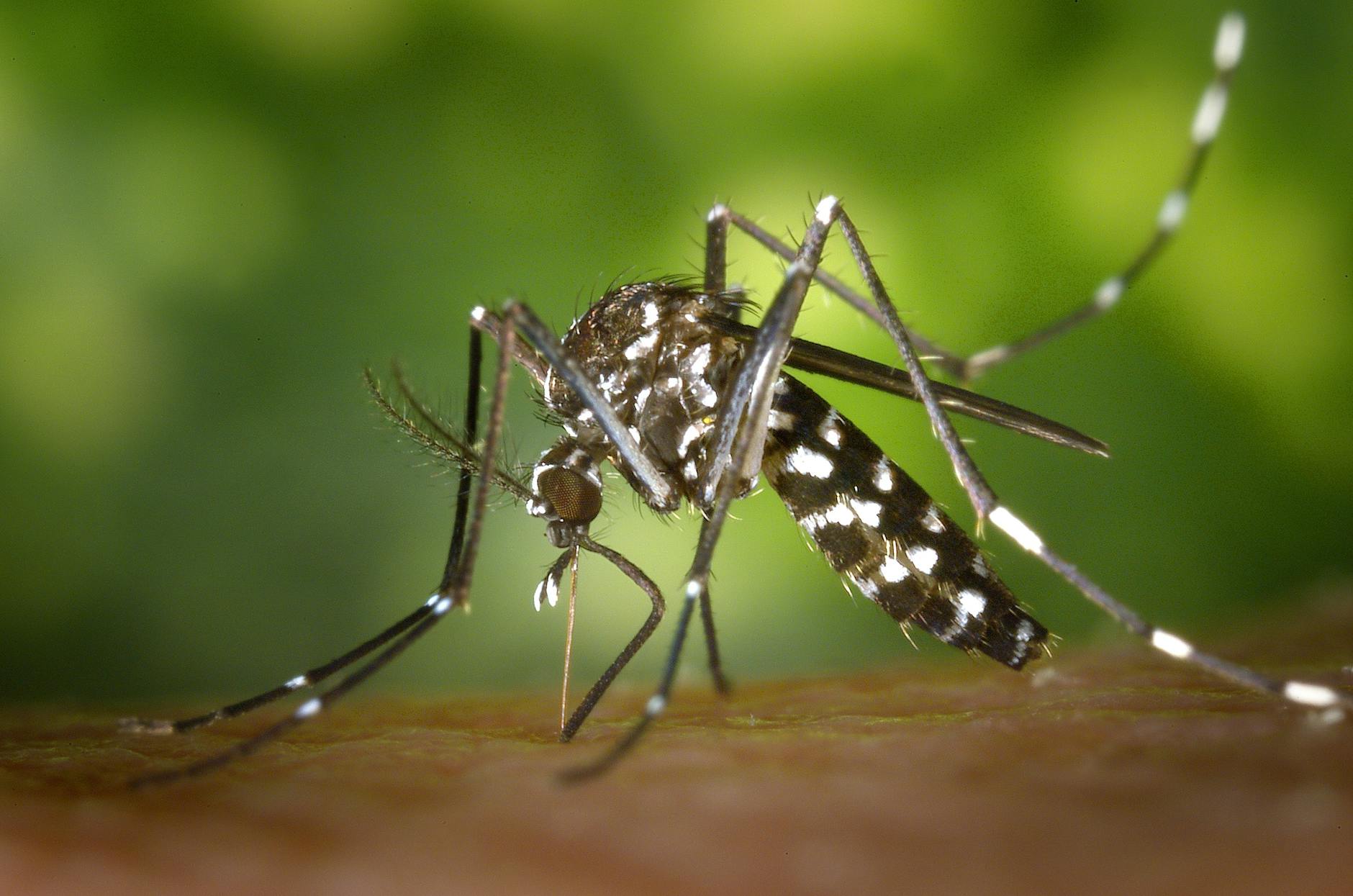Keke Palmer Ushers in 32 with a Bold New Hair Transformation: A Celebration of Self and Style Evolution
The actress and performer embraces a fresh, empowered look as she marks a significant personal milestone.
Keke Palmer, the multifaceted talent known for her vibrant personality and dynamic career, recently celebrated her 32nd birthday. In true Keke Palmer fashion, the occasion was marked not just with festivities, but with a significant and celebrated personal transformation: a striking new pixie cut. This bold hairstyle choice, unveiled as she stepped into this new year of life, has sparked widespread admiration and conversation, reflecting Palmer’s consistent ability to command attention and inspire through her public persona and evolving style. More than just a haircut, this transformation appears to be a statement of self-assuredness and a visual representation of her continued growth as an artist and individual.
Palmer, who has long been a beloved figure in entertainment, has consistently charmed audiences with her authenticity and unapologetic embrace of her journey. From her early days as a child star to her current status as a respected actress, singer, television host, and author, her career has been characterized by a relentless pursuit of artistic expression and a genuine connection with her fanbase. Her birthday celebration, amplified by this visually impactful change, serves as a moment to reflect on her enduring appeal and the ways in which she continues to reinvent herself, both professionally and aesthetically.
The unveiling of the pixie cut has been met with an outpouring of positive feedback across social media platforms and entertainment news outlets. This reception underscores the cultural significance of personal style choices, particularly for public figures who often serve as trendsetters and sources of inspiration. Palmer’s willingness to experiment with her look, coupled with her innate charisma, makes such moments particularly resonant. Her birthday, therefore, becomes a broader celebration of personal milestones, self-expression, and the power of transformation.
Context & Background
Keke Palmer’s journey in the public eye began at a remarkably young age. Born on August 26, 1993, in Harvey, Illinois, she displayed an early passion for performing. Her breakthrough role came at just 11 years old in the 2006 film Akeelah and the Bee, where her portrayal of a spelling bee prodigy garnered critical acclaim and established her as a significant young talent. This early success set the stage for a diverse and prolific career that has spanned across film, television, music, and hosting.
Throughout her career, Palmer has consistently experimented with her image, a testament to her adaptable and multifaceted nature. She has graced screens with performances in projects like True Jackson, VP, Scream Queens, Hustlers, and most recently, the critically lauded film Nope. Her career trajectory is marked by a deliberate and often surprising evolution, from child star to a mature and respected actress navigating complex roles. This willingness to grow and change has kept her relevant and continuously engaging for a broad audience.
Her foray into music and hosting has further solidified her versatile appeal. Palmer released her debut album, So Uncool, in 2007 and has since released a series of singles and EPs. As a television personality, she has co-hosted Good Morning America’s third hour, hosted the revival of Password, and was a host for the MTV Video Music Awards. Her most prominent hosting role to date has been as the co-host of the talk show The Tamron Hall Show. Her ability to connect with guests and audiences, infuse segments with her unique humor and energy, has made her a highly sought-after personality.
The significance of her 32nd birthday, and the accompanying hairstyle change, can also be viewed within the broader cultural landscape of aging and personal evolution for women in the entertainment industry. As women reach milestones often associated with societal expectations, figures like Palmer who confidently embrace their transformations can serve as powerful role models. The pixie cut, in this context, is not merely a stylistic choice but can be interpreted as a declaration of self-acceptance and a powerful statement of embracing new phases of life with confidence and renewed vigor.
Furthermore, hair has historically held deep cultural and personal significance, often serving as a symbol of identity, change, and expression. For Black women, in particular, hair has been a site of significant cultural discussion and personal empowerment. Palmer’s decision to embrace a dramatic and chic pixie cut aligns with a growing trend of embracing natural textures and bold, short styles that celebrate individuality and challenge traditional beauty norms. Her embracing of this style, particularly around a birthday milestone, amplifies its impact as a personal statement.
In-Depth Analysis
The decision by Keke Palmer to debut a brand-new pixie cut for her 32nd birthday is a multifaceted expression of personal branding, artistic evolution, and cultural resonance. To understand the depth of this style choice, it’s crucial to analyze its implications across several key areas:
Stylistic Reinvention and Personal Branding: Keke Palmer has consistently demonstrated a keen understanding of personal branding, using her image and style as extensions of her vibrant personality and evolving career. Throughout her journey, she has transitioned through various hairstyles, from braids and weaves to natural curls and dramatic cuts. Each transformation has often coincided with significant career moments or phases of personal growth. The pixie cut, a decidedly bold and short style, signals a confident stride into her early thirties, suggesting a desire for a clean, sharp, and perhaps more mature aesthetic while retaining her signature edginess. This choice is likely intended to project an image of sophistication, self-possession, and a readiness for new challenges, aligning with her continued ambition in the entertainment industry.
Symbolism of a New Chapter: Birthdays, especially significant ones like turning 32, are often viewed as markers of new beginnings and personal reflection. For public figures, these milestones can be opportunities to publicly signal shifts in their lives or careers. A drastic haircut, particularly a pixie cut, can symbolize shedding the past, embracing a fresh start, and adopting a new persona. In Palmer’s case, this transformation could represent a conscious decision to move into this new decade of her life with a renewed sense of self and a desire to challenge perceptions, both her own and those of her audience. It’s a visual metaphor for embracing change and stepping into a new, perhaps more focused, chapter.
Cultural Impact and Representation: Keke Palmer is a prominent figure within Black culture and a significant role model for many, particularly young women. Her hair choices, therefore, carry a considerable cultural weight. The pixie cut, while a universally chic style, has specific resonances within Black hair culture. It can represent a celebration of natural texture, a departure from styles that might require extensive manipulation, and a bold statement of beauty that challenges conventional, often Eurocentric, beauty standards. By embracing a pixie cut with such aplomb, Palmer contributes to the ongoing conversation around Black hair, beauty diversity, and the empowerment that comes from embracing one’s natural self and experimenting with styles that celebrate individuality.
Artistic Intent and Career Trajectory: Palmer’s career is characterized by her versatility and her willingness to take on diverse roles. Her personal style often reflects this adaptability. While the pixie cut is a significant aesthetic shift, it is likely not disconnected from her artistic pursuits. It could be a personal choice made in anticipation of or response to new acting roles, or it could be a way to embody a certain attitude or presence that she wishes to project in her public appearances and media engagements. The confidence required to carry off a pixie cut can translate into a perceived authority and gravitas that can be advantageous in various professional contexts.
Social Media and Fan Engagement: In the age of social media, personal style transformations are highly visible and can generate significant engagement from fans and the public. Palmer, who is known for her active and authentic presence on platforms like Instagram and TikTok, understands the power of visual communication. The unveiling of her new hairstyle is a strategic communication tool, designed to capture attention, spark conversation, and reinforce her connection with her audience. The overwhelmingly positive reception suggests that her fans not only appreciate her aesthetic choices but also admire her confidence and her willingness to share her personal journey.
In essence, Keke Palmer’s 32nd birthday pixie cut is more than just a beauty update; it is a carefully considered statement that encapsulates her personal growth, artistic evolution, and cultural influence. It’s a demonstration of how personal style can serve as a powerful form of self-expression and a means of navigating and celebrating significant life transitions.
Pros and Cons
When considering Keke Palmer’s significant hair transformation, a balanced perspective involves examining the potential advantages and disadvantages associated with such a bold stylistic change:
Pros:
- Empowerment and Confidence Boost: A dramatic haircut like a pixie cut can be incredibly empowering. It often symbolizes a shedding of the old and an embrace of a new, confident self. For Palmer, marking her 32nd birthday with this change likely amplifies these feelings of self-assurance and personal liberation.
- Chic and Sophisticated Aesthetic: Pixie cuts are renowned for their ability to convey a sense of sophistication, edginess, and modern style. This can help Palmer project a refined yet contemporary image, aligning with her evolving career and personal brand.
- Versatility in Styling (Despite Shortness): While seemingly limited, short hair, particularly a well-cut pixie, can be incredibly versatile. It can be styled sleek, textured, spiked, or even accessorized, offering a range of looks that can adapt to different occasions and moods.
- Low Maintenance (Potentially): Depending on hair texture and growth patterns, a pixie cut can be relatively low-maintenance compared to longer styles that require extensive styling, washing, and conditioning. This can be beneficial for someone with Palmer’s busy schedule.
- Highlights Facial Features: Short hairstyles, especially pixie cuts, tend to draw attention to the face, highlighting facial features like eyes, cheekbones, and jawline. This can enhance Palmer’s natural beauty and expressiveness.
- Cultural Statement and Trendsetting: As a prominent figure, Palmer’s embrace of a pixie cut contributes to the ongoing dialogue around beauty standards and personal expression. It can inspire others to experiment with shorter styles, particularly within Black hair culture, celebrating individuality and challenging norms.
- Reflects Personal Growth and Evolution: The choice to alter one’s appearance, especially dramatically, often mirrors internal shifts. This haircut can be seen as a visual representation of Palmer’s maturation, confidence, and her willingness to embrace new phases of her life and career.
Cons:
- Commitment and Growth Period: Growing out a pixie cut takes time and requires patience. While it can be styled in various ways, the initial growth phase might present styling challenges or require frequent salon visits to maintain shape.
- Potential for Strict Stylistic Expectations: With a very short haircut, there might be a perception that styling options are limited, potentially leading to a feeling of being pigeonholed into a particular look if not managed creatively.
- Weather and Environmental Factors: Short hair can sometimes be more susceptible to weather conditions (e.g., frizz in humidity, flatness in wind) if not properly managed with styling products.
- Initial Adjustment Period: Any significant change in appearance can require an adjustment period. Palmer might need some time to get used to the feel and look of her new hairstyle, and to learn new styling techniques.
- Public Scrutiny and Feedback: While the initial reaction has been overwhelmingly positive, public figures often face scrutiny over their appearance. While unlikely to be a major “con” for Palmer given her confident demeanor, any significant change invites commentary.
Overall, the pros of Keke Palmer’s pixie cut, particularly in terms of empowerment, style, and personal expression, appear to significantly outweigh the potential cons, which are largely logistical and temporary in nature.
Key Takeaways
- Birthday Milestone and Personal Transformation: Keke Palmer celebrated her 32nd birthday by debuting a bold new pixie cut, symbolizing a personal milestone and a fresh aesthetic direction.
- Evolution of Style and Branding: The haircut is seen as a strategic evolution of her personal brand, projecting confidence, sophistication, and a readiness for new phases in her career.
- Cultural Significance in Hair and Beauty: Palmer’s choice contributes to conversations around Black hair, beauty diversity, and the empowerment of embracing natural textures and bold styles.
- Symbol of New Beginnings: The dramatic change in hairstyle often signifies a new chapter, shedding the past, and embracing personal growth with renewed vigor.
- Artistic Versatility and Public Persona: The pixie cut can be interpreted as reflecting her adaptability as an artist and enhancing her public presence with a sharp, memorable look.
- Positive Fan Reception: The unveiling was met with widespread admiration, highlighting the impact of her style choices and her strong connection with her audience.
Future Outlook
Keke Palmer’s embrace of the pixie cut at 32 marks a pivotal moment in her public persona, signaling a confident stride into a new decade of her life and career. The future outlook for this transformation appears exceptionally bright and multifaceted:
Continued Reinvention and Career Advancement: This bold aesthetic shift is likely to be accompanied by continued professional evolution. Palmer has a history of aligning her personal growth with her career ambitions. The sophisticated and empowered image projected by the pixie cut could open doors to new acting roles, hosting opportunities, and brand collaborations that demand a certain gravitas and refined presence. Her fans can anticipate her continuing to take on challenging and diverse projects that showcase her evolving artistry.
Influence on Beauty Trends and Cultural Conversations: As an influential voice, particularly within Black culture, Palmer’s embrace of the pixie cut is poised to inspire countless individuals. Her choice challenges conventional beauty standards and promotes the idea that short, chic hairstyles are powerful expressions of femininity and individuality. We can expect to see a ripple effect, with more people embracing similar styles and celebrating the versatility of Black hair.
Strengthened Connection with Audience: Palmer’s authentic engagement with her fans on social media means that this personal transformation will likely deepen her connection with her audience. By sharing her journey and embracing change with such confidence, she continues to be a relatable and aspirational figure, fostering loyalty and encouraging open dialogue about self-acceptance and personal expression.
Exploration of Diverse Styling: While the initial pixie cut is striking, the future will likely see Palmer exploring various styling techniques for her new hair. From sleek and polished looks for red carpet events to textured and edgy styles for casual appearances, her short hair will undoubtedly offer a canvas for creative expression, keeping her image fresh and dynamic.
Personal Empowerment and Well-being: Beyond the public spectacle, this change signifies a personal commitment to self-care and empowerment. For Palmer, it represents embracing who she is at this stage of her life and feeling good about her appearance. This internal confidence often translates into an even greater outward radiance and impact.
In conclusion, the future outlook for Keke Palmer’s pixie cut is one of continued influence, personal growth, and artistic exploration. It’s a look that not only signifies her entry into a new age but also embodies her enduring spirit of innovation and her powerful connection with her audience.
Call to Action
Keke Palmer’s 32nd birthday transformation, marked by her striking new pixie cut, serves as a powerful reminder of the impact of personal style as a form of self-expression and empowerment. As we celebrate her evolution, it’s an opportune moment for each of us to consider our own journeys of growth and reinvention:
Embrace Your Own Transformations: Whether it’s a bold haircut, a new career path, or a personal growth initiative, don’t shy away from embracing significant changes. These moments of transition are often where our most profound growth occurs. Consider what personal shifts might invigorate your spirit and align with your evolving aspirations.
Celebrate Individuality: Keke Palmer consistently champions authenticity. Let her inspire you to embrace your unique style and celebrate what makes you, you. Don’t be afraid to experiment with your look or pursue endeavors that reflect your true self, even if they diverge from expectations.
Engage with Inspiring Figures: Follow and support artists and public figures like Keke Palmer who use their platforms to inspire, uplift, and advocate for positive change. Their journeys can offer valuable lessons and encouragement as you navigate your own path.
Share Your Story: Just as Keke Palmer’s style choices spark conversation, consider sharing your own experiences with personal growth and transformation. Your story has the power to resonate with and inspire others. Use your voice and your experiences to connect and uplift your community.
Support Diverse Beauty: Champion and celebrate the diversity of beauty in all its forms. Support artists and creators who push boundaries and promote inclusivity in the media and entertainment landscape. Recognize that beauty is multifaceted and exists in every shade, texture, and style.
By reflecting on Keke Palmer’s radiant celebration of her 32nd birthday and her confident embrace of a new look, we are encouraged to own our narratives, to celebrate our personal milestones with courage, and to inspire those around us through our own unique expressions of self.









